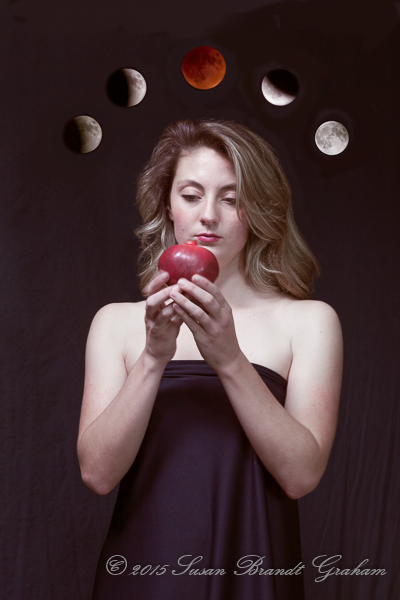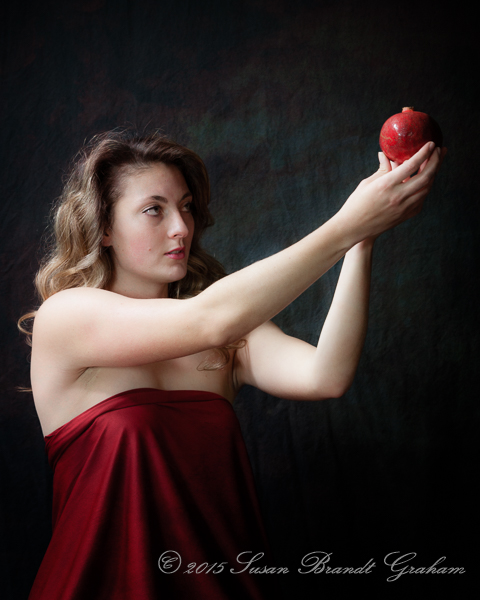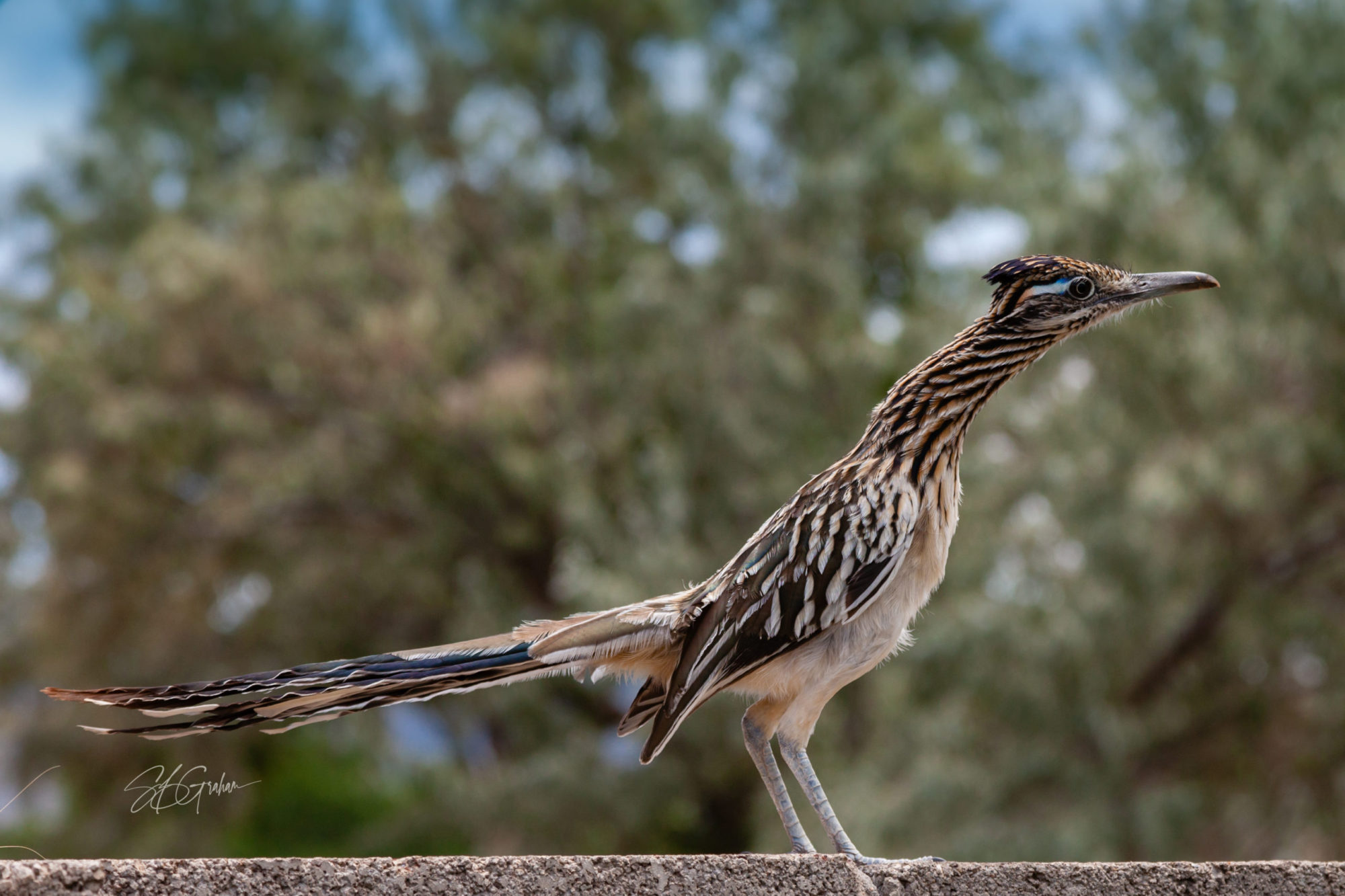- Persephone
- Pomegranate Symbolism and Power
- Persephone’s Dilemma
- Persephone in the Underworld
- Winter Solstice
- Every Woman’s Dilemma
- Persephone’s Choice: A Slideshow of Selected Images
- Persephone and Her Choice Now at Amazon
- 2016 Moscow International Foto Awards
- Persephone at Berlin Foto Biennale 2016
Winter Solstice: Turn, Turn, Turn
Winter solstice, the day with the least daylight hours in the year in the Northern Hemisphere, is December 22 this year. It also marks the “official” beginning of Winter. Even when I was young, it struck me that Solstice should actually mark the middle of Winter, although I will admit that weather-wise for me, the six weeks after Solstice are usually more wintry than the six weeks before. But, even by mid-January the increasing length of daylight is readily apparent. In my view of Light and Seasons, things would be so much more organized if Solstice marked the middle point of Winter.
So, just because I can, I chose to make Winter Solstice the halfway point in Persephone’s stay in the Underworld, whether her stay is 3 months, 4 months, or 6 months (different versions give different lengths of time).
Seasonal change is a major theme in the Persephone myth, the cycle of life, repeated over and over. I have had the opportunity this year to witness and photograph some remarkable celestial events. The Blood Red Total Lunar Eclipse of September 27, 2015 is one such event that I’ll not soon forget. In this image, the cyclic nature of seasonal changes is represented by different stages of that lunar eclipse, with the totality of the eclipse representing Solstice. The images from the eclipse are real and they are mine. The sequence from left to right is real. The way they are used here comes from my imagination.

In the dark days of Winter, it would not be unusual for thoughts to turn every now and then to a return to Light. That doesn’t mean those thoughts would be constant or overtake over all others. Just little flashes that occasionally cross the mind.
The Persephone of this picture story, at the Solstice, the halfway mark of her visit to the Underworld, has no regrets.





Susan, I like the folk music, the images and comments about the solstice, it’s quite good narrative and visual and audio poetry.
Jim, thank you. Thank you also for following along. This has been quite a long – perhaps intense is a better word – journey, packed into three months and a couple of days. On Tuesday, Solstice itself, I will post the final piece in this segment. I hope you like the resolution of this small part of a very complex myth told as a visual story. Thanks for dropping by today.
Susan, Very nice posting, especially with the phases of the total (blood red!) lunar eclipse superimposed. Really punctuated the impact of Solstice. The Judy Collins and (?) Pete Seeger video was a perfect choice to complement your images. The song brought back many pleasant memories and reminded me that life goes on, hectic or not, and whatever is going on in the present will transform to something different. Well done! What an interpretive gift you have!
Barbara, I really appreciate that you have been following along this story I have been telling visually. I’ve never done anything quite like it before, and I have definitely derived more pleasure from it than anything I have done photographically to this point. Your enjoyment makes it that much more valuable to me. Thank you.
Yes, that is Pete Seeger. He wrote the melody to this song, something of which I was unaware until working on this blog post. I’m glad it has brought back some pleasant memories for you, too.
I need to brush up on my mythology but I always associated winter with Persephone’s mother’s grief at losing her daughter to Hades and her anger at Zeus for letting it happen. In thinking about the myth I was wondering if Demeter’s inability/refusal to function after her daughter leaves her to become Hades queen was speaking to sense of loss at losing a daughter (to the underworld or just to a husband and new family) and the need to adapt to the new reality and continue with life’s responsibilities. Also when Demeter, in the guise of an old woman and “nanny”, attempts to grant immortality to the child she is caring for, kills him in response to the boy’s mother’s uncomprehending horror at seeing the Goddess at work, I thought of the idea that the fate of our children is not up to us, no matter how much power we have. The story of Demeter and Persephone seems in the end to be telling us that when time and change came into being that even the Gods themselves became subject to chance and the whims of others and that “keeping calm and carrying on” is our ( and the God’s) condition and what is required to live in harmony with the cosmos. I enjoy your project, It is good to ponder the imponderables with such rich visual symbols.
Hi, Bob. Nice to see you here again. Yes, also as I understand the myth it was Demeter who caused Winter to fall upon the Earth, as you say, out of grief and anger at losing her daughter. That’s the first Winter and she was given full responsibility for it, with Persephone getting none of the blame. The two guys in collusion and responsible for her abduction to the Underworld, Hades and her father Zeus, seem never to be blamed for the miseries of Winter. As I read it, Persephone gets some of the blame for subsequent Winters (still caused by Demeter, however) because she had eaten pomegranate seeds, requiring her return to the Underworld cyclically even after Demeter and Zeus had worked out an agreement with Hades for Persephone to return to Earth. One of the things that fascinated me from the very beginning was that some versions of the myth had her being tricked into eating the seeds, while others had her eating them willingly. That is the tiny part of the very complex larger myth that this series has dealt with.
People have asked if I am going to deal photographically with the whole Demeter side of this myth, and all of the twists and turns there. I don’t know… This little tiny part has been pretty exhausting for me. On Tuesday I am going to post the final piece in this segment of the myth. I do know I am going to let the entire myth rest on a shelf for a bit, and go back to photographing flowers, family, skies, things like that while my head clears. 🙂 )))))))))) I’m actually quite serious about that.
I agree totally with your conclusions. I really appreciate your input here. Thank you.